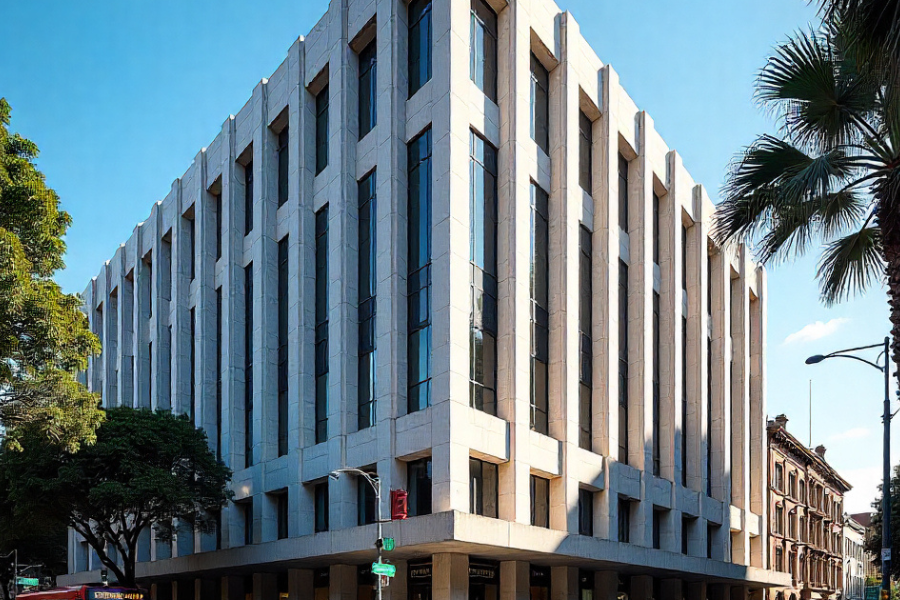Net Interest Margins Staying Resilient
When the RBA began cutting in February 2025, many analysts predicted margin compression would erode profitability. The reasoning seemed straightforward: as rates fell, competition for deposits would force banks to maintain attractive deposit rates while lending rates declined, squeezing the spread.
This compression has been remarkably mild. Average variable mortgage rates declined by approximately 25 basis points over February and March 2025. However, banks simultaneously reduced deposit rates, preserving much of their margin. The current environment-with rates holding at 3.60% rather than continuing downward-provides additional breathing room.
Recent earnings validate this dynamic. The major banks have generally maintained net interest margins in the 1.90-2.10% range despite rate cuts, above the trough levels below 1.80% seen during the ultra-low rate period of 2020-2021. This margin resilience translates directly to earnings stability and dividend capacity.
Lending volume growth determines how much profitable business banks can write. Data since August shows housing markets strengthening-a sign that recent rate decreases are affecting consumer behaviour. Housing credit growth has ticked up to approximately 4.5-5.0% annually, driven by refinancing activity and new borrowing as serviceability constraints ease.
For banks, volume growth compounds margin preservation. A bank maintaining 2.00% net interest margin but growing its loan book 5% annually achieves earnings growth even without margin expansion. This combination-stable margins and recovering volumes—creates the foundation for sustainable dividend growth rather than just maintenance.
The Big Four: Diverging Fortunes
Commonwealth Bank (ASX:CBA) dominates with approximately 25% market share in home lending and industry-leading customer satisfaction. This has translated to a valuation premium that widened dramatically during the 2024-2025 rally. CBA now trades at a price-to-earnings ratio approaching 20x, roughly double comparable US regional banks and nearly 50% above the ASX big four average.
However, at nearly 20x earnings, the bank is priced for perfection. Any margin compression, asset quality deterioration, or regulatory headwind could trigger significant multiple contraction. CBA offers the highest quality but lowest yield among the majors (currently ~3.5% fully franked) and the least margin of safety.
Westpac (ASX:WBC) presents the opposite profile: a recovering franchise trading at a significant discount despite material operational improvements. The bank gained approximately 40% in 2024 but remains the most attractively valued major on conventional metrics. The dividend yield of approximately 5.5-6.0% fully franked exceeds peers, supported by a sustainable payout ratio of 65-75%. The bank's lower valuation (P/E ~13-14x) provides more cushion against disappointment.
ANZ (ASX:ANZ) occupies middle ground, offering balanced exposure to retail banking, commercial lending, and institutional operations. The dividend yield of approximately 5.7% fully franked sits between CBA's lower yield and Westpac's higher payout. At a P/E ratio of approximately 12-13x, ANZ trades at a discount to CBA but roughly in line with NAB.
National Australia Bank (ASX:NAB) distinguishes itself through business banking focus, holding the largest market share in SME lending. This specialization creates a different earnings profile, with business lending typically offering higher margins but also higher credit risk. The dividend yield of approximately 5.5% fully franked is supported by a 60-70% payout ratio.
Asset Quality: The Sleeping Risk
While analysts focus on margins and lending growth, the sector's true vulnerability lies in asset quality—and current benign conditions may mask deterioration emerging as rates remain elevated longer.
Mortgage arrears rates have crept upward over the past 18 months. The share of mortgages 90+ days in arrears has approximately doubled from trough levels around 0.8% to approximately 1.6-1.8% currently-still below historical averages but moving in the wrong direction.
Beyond residential mortgages, Australian banks have substantial exposure to commercial real estate-particularly office buildings facing structural challenges from hybrid work adoption. Commercial property prices have declined 10-20% from peaks, and vacancy rates in premium office space have risen as companies reduce physical footprints.
The major banks' provisioning expenses have declined to historically low levels, reflecting benign credit conditions. However, if economic conditions weaken more than consensus expects-particularly if the RBA's extended pause leads to a sharper eventual slowdown-provisioning requirements could increase rapidly.
The Rotation Risk
The most significant near-term risk may be technical: growing whispers of sector rotation from financials to materials as commodity prices strengthen and China stimulus speculation builds.
The major banks' approximately 40% gain through 2024 reflected converging factors: rate cut expectations repeatedly deferred, economic resilience proving better than feared, and a search for defensive yield. At current prices, the financials sector accounts for approximately 25-30% of the S&P/ASX 200 index, near historic highs.
Several factors are creating renewed interest in ASX materials stocks: China stimulus speculation, iron ore price stabilization around $100 per tonne, copper and battery metals strength, and valuation resets offering entry points. Many major miners trade at enterprise value-to-EBITDA multiples of 4-6x, compared to 6-8x historical averages during commodity bull markets.
Dividend Sustainability Check
For income investors, dividend sustainability matters most. Base case scenarios—rates gradually falling to 2.75% by end-2026, modest margin compression, lending growth accelerating to 5-6%-support dividend maintenance or modest growth across all four majors. Payout ratios remaining in 65-75% range provide adequate coverage.
However, bear case scenarios-economic deterioration, aggressive rate cuts, material credit provisions—could pressure dividends by 10-20% by FY2027. Share prices would likely decline 20-30% from current levels as markets reprice for structurally lower earnings.
What Investors Should Do
For income-focused investors currently overweight banks, consider gradually reducing positions toward neutral weightings, locking in gains from 2024 while maintaining dividend income. Priority should be harvesting gains from CBA given stretched valuation, while maintaining exposure to Westpac and ANZ offering better combinations of yield and valuation support.
For new capital seeking income exposure, banks no longer present the compelling opportunity they offered in 2022-2023 when valuations were depressed. Consider a barbell approach: small positions in CBA accepting the premium for quality, combined with larger positions in higher-yielding, lower-multiple banks where risk-reward remains reasonable.
The extended rate pause supports margins and dividend capacity, but also means extraordinary share price gains of 2024 are unlikely to repeat. Dividend sustainability looks solid under base case scenarios, but rotation risk represents the primary near-term threat to returns regardless of fundamental outlook










